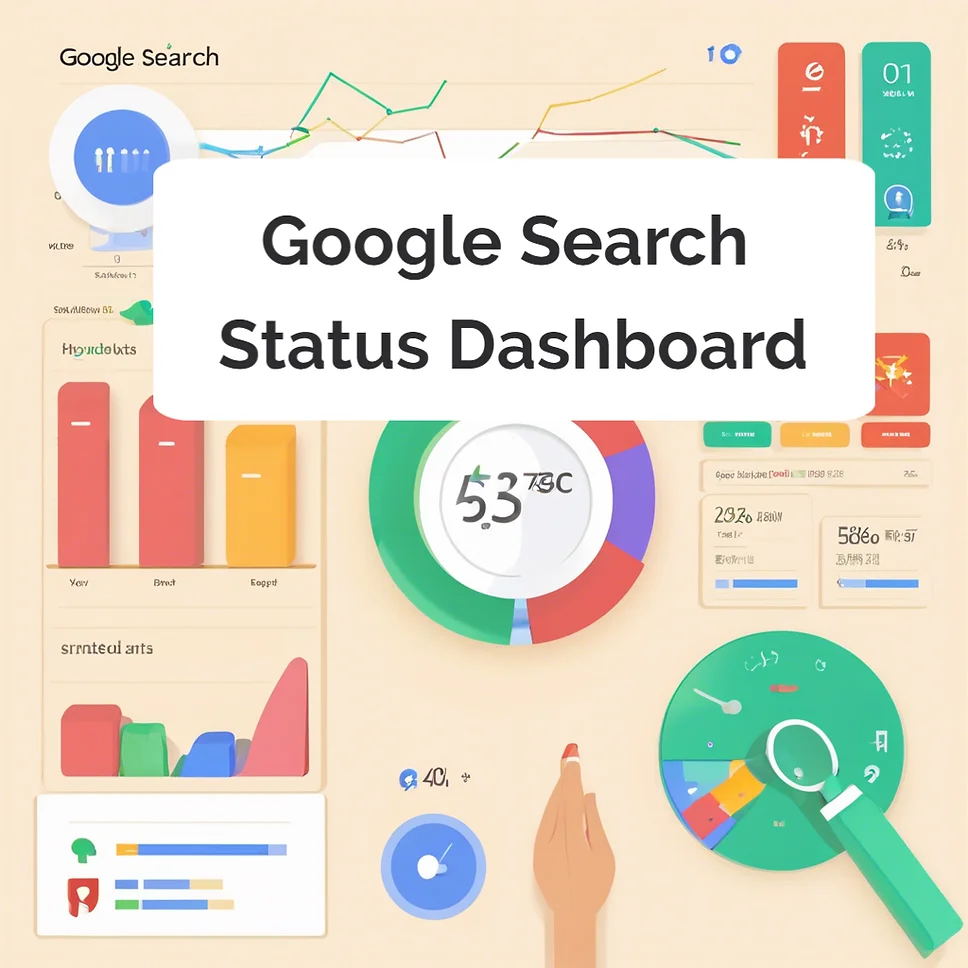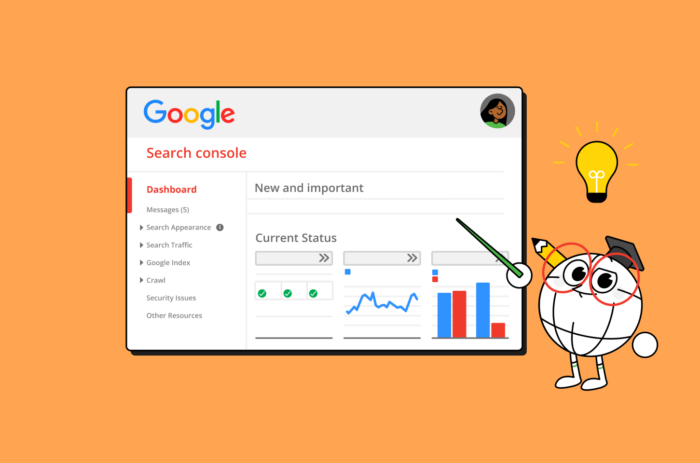Using the Google Search Status Dashboard – A Complete Guide for Website Owners

In the world of digital search, staying informed about changes and system updates is crucial for maintaining website visibility and performance. Google’s Search Status Dashboard provides essential status information about the systems powering Google Search. This dashboard helps website owners understand if any widespread issues may be affecting their site’s performance and provides updates about ranking system changes.
This blog post will walk you through everything you need to know about using the Google Search Status Dashboard effectively.
What Is the Google Search Status Dashboard?
The Google Search Status Dashboard provides real-time updates on the operational status of the systems behind Google Search. This includes information on system availability, ranking updates, and large-scale issues affecting user searches and website performance.
By checking this dashboard, website owners can determine if fluctuations in traffic or search performance are linked to broader issues within Google Search rather than isolated site problems.
Why Use the Search Status Dashboard?
The dashboard serves multiple purposes for both technical and non-technical users:
- Detect Widespread Issues: It identifies ongoing system outages or disruptions impacting search visibility.
- Monitor Ranking Updates: Stay informed about Google’s ranking system changes that may influence your site’s search performance.
- Plan for Resolution: When issues occur, the dashboard provides guidance on whether action is required on your part.
By regularly monitoring the dashboard, you can ensure your website stays compliant with search updates and avoid unnecessary troubleshooting.

How to Access the Google Search Status Dashboard
To view the Google Search Status Dashboard, follow these steps:
- Visit the official Google Search Status Dashboard here.
- Bookmark the dashboard for easy reference.
- You can also subscribe to the RSS feed to receive notifications about updates directly in your feed reader.
Key Features of the Dashboard
1. System Status
The system status informs users whether Google’s Search systems are running smoothly or experiencing issues. The different statuses (such as “Available” or “System Outage”) indicate if there’s an issue affecting a large number of sites or users.
2. Ranking Updates
The dashboard also highlights any changes to Google’s search ranking system. When Google rolls out a core algorithm update, the dashboard may include notes on how it could impact website owners.
3. RSS Feed Subscription
To stay informed without manually visiting the dashboard, you can subscribe to its RSS feed. This enables you to receive automatic updates about system changes and issue resolutions.
Lifecycle of an Issue
When an issue affecting Google Search systems is detected, the following steps are followed:
1. Detection and Initial Response
The Search Relations Team constantly monitors Google Search using internal and community feedback. If a widespread issue arises, they update the dashboard to notify users.
2. Investigation
The Search Engineering Team investigates the root cause of the issue by reviewing system logs, monitoring data, and feedback reports.
3. Follow-up
During an ongoing issue, the dashboard provides updates on:
- The extent of the issue and the affected regions.
- The estimated timeline for the next update.
- Progress made toward resolving the issue.
4. Mitigation or Fix
Google considers an issue fixed only when changes have been made to resolve it entirely. Sometimes, mitigation measures (like additional internal resources) are used to lessen the impact of the issue.
Understanding Dashboard Status Definitions
1. Available
Indicates that Google Search systems are functioning normally.
2. System Information
This status is used when an update or a change is being rolled out, such as a ranking update or Googlebot crawling changes.
3. System Disruption
A system disruption may occur when common third-party services (like DNS servers) cause degraded performance.
4. System Outage
This status signals a significant issue where the system isn’t functioning properly for a large number of users or websites.
Investigation and Resolution Process
Once an issue is detected:
- Search Engineering Teams analyze the technical logs and identify the cause.
- If needed, Google may implement temporary fixes while working on a permanent solution.
- Updates are provided on the dashboard to keep users informed about the investigation progress.
Mitigation and Workarounds
During system disruptions or outages, Google may suggest temporary workarounds to reduce the impact on websites. Examples of workarounds include:
- Switching to alternative DNS servers.
- Following specific crawling and indexing instructions.
These mitigations help website owners maintain partial functionality until the system is fully restored.
How to Stay Updated with Search System Changes
To stay ahead of Google Search updates:
- Regularly check the Google Search Central Blog for detailed announcements.
- Subscribe to the Google Search Status Dashboard’s RSS feed.
- Engage with the Google Search Central Community for advice and updates on recent issues.
Common FAQs about the Search Status Dashboard
1. What Happens If an Issue Is Noted?
If an issue is noted, the Search Relations and Search Engineering Teams work together to investigate and resolve it. The dashboard is updated regularly with progress.
2. What Should I Do When a Ranking Update Is Noted?
Follow the dashboard link for specific guidance on the update. In many cases, no action is required, but it’s essential to follow best practices to avoid performance issues.
3. Why Isn’t My Issue Listed on the Dashboard?
If your issue isn’t listed, it may be isolated to your web pages or impacting only a limited number of users. You can contact the Google Search Central Help Community for further assistance.
4. How Long Are Past System Statuses Available?
The history of system statuses and updates remains available on the Summary and History page for up to five years.
5. How Can I Report a Search Issue?
Website owners experiencing specific issues can report them through the Google Search Central Help Community.
6. What Information Can I Get from the Summary Page?
The Summary Page shows detailed posts about each issue, including timelines, workarounds, and resolution steps.
Whether you’re entering the job market for the first time or seeking to enhance your career, this platform offers the tools and confidence to help you succeed. Don’t wait—unlock your potential today and take your career to the next level.
Conclusion
The Google Search Status Dashboard is an essential tool for website owners and SEO professionals. By understanding system statuses and ranking updates, you can quickly identify whether performance changes are related to broader Google Search issues or localized site problems. Subscribing to the dashboard’s updates and monitoring system changes will help you make informed decisions to keep your site performing optimally.

